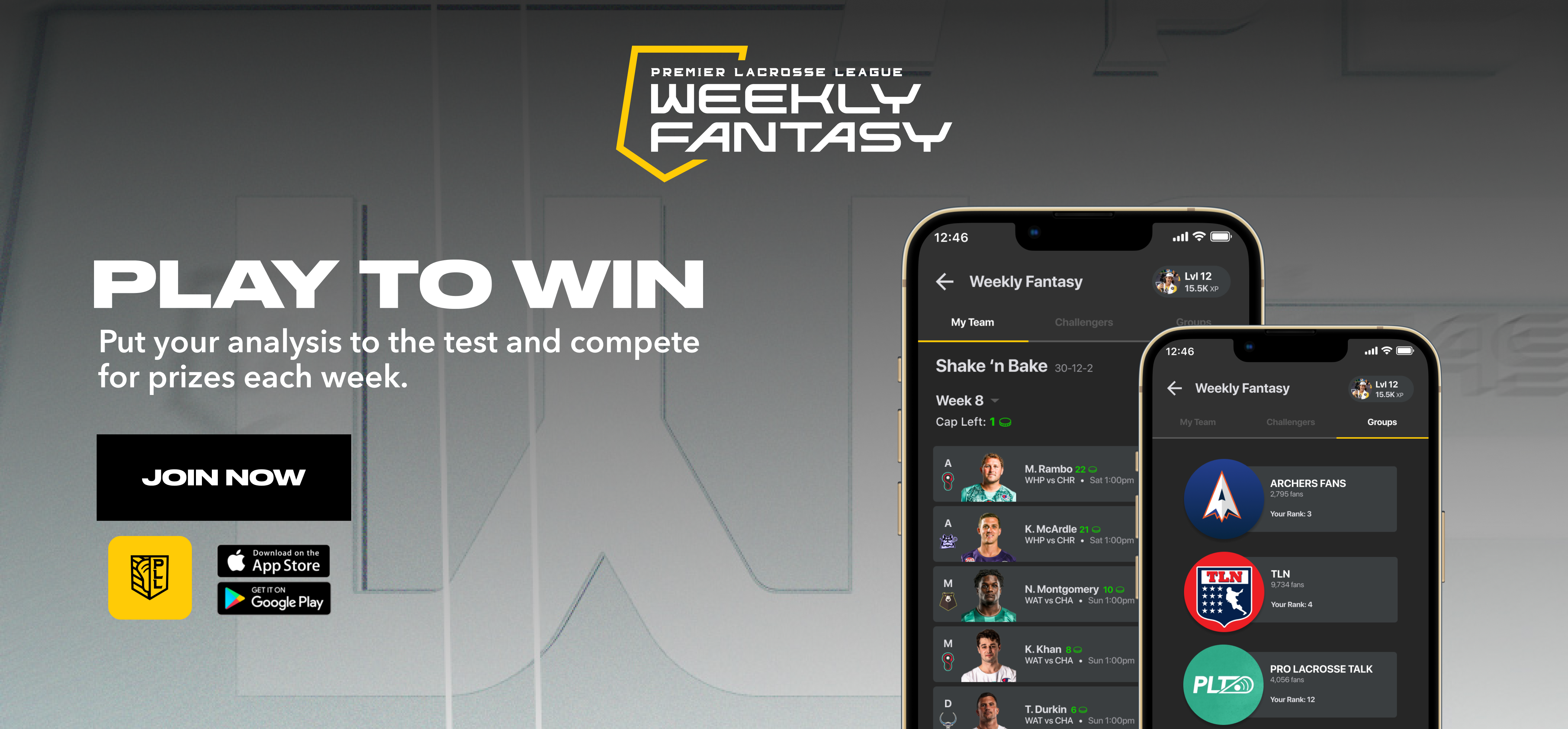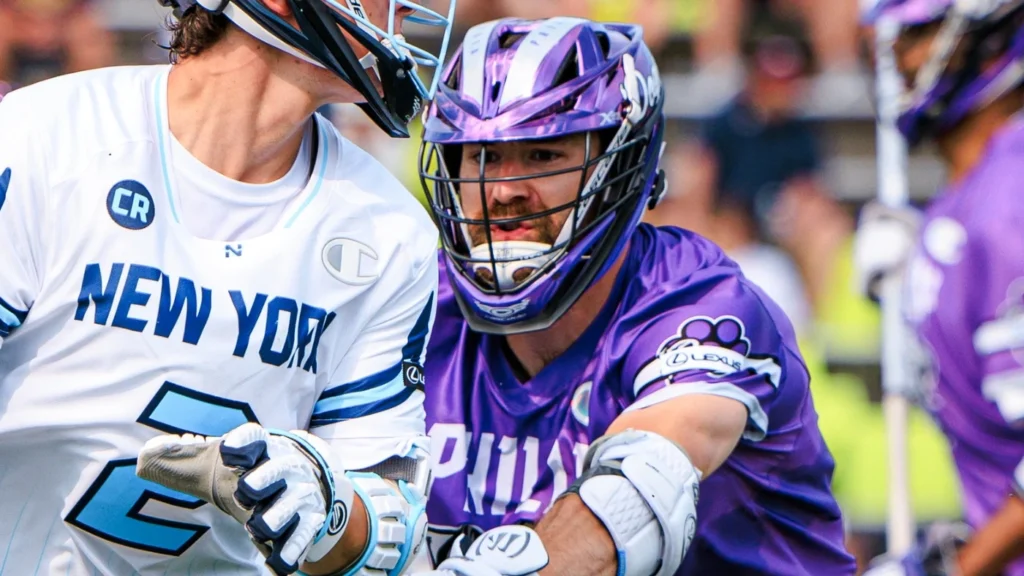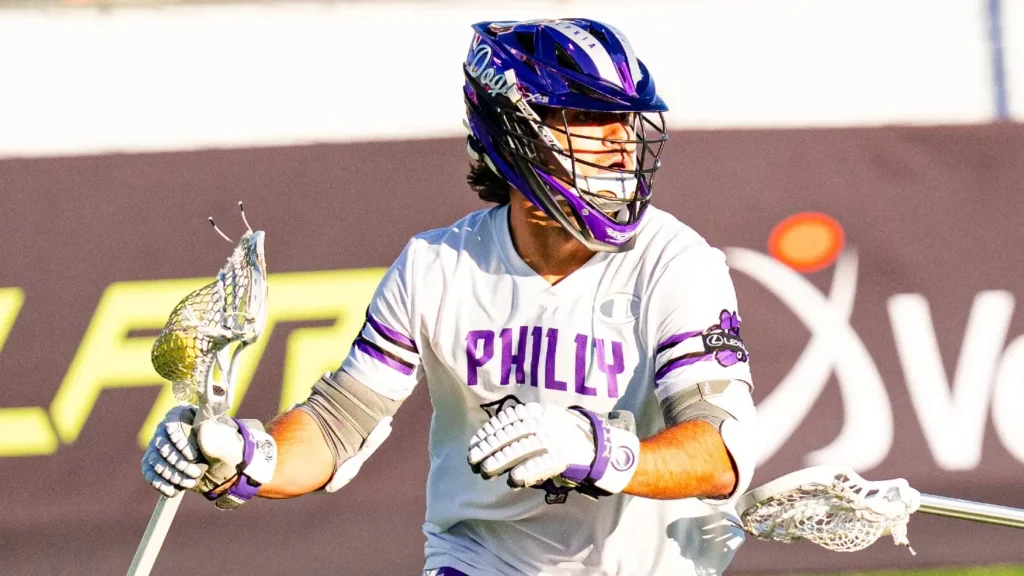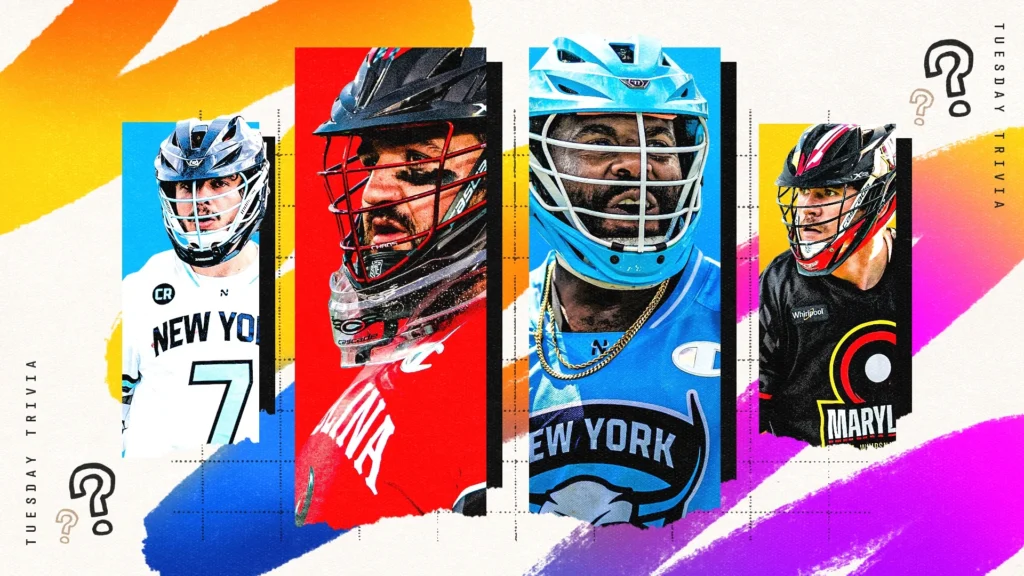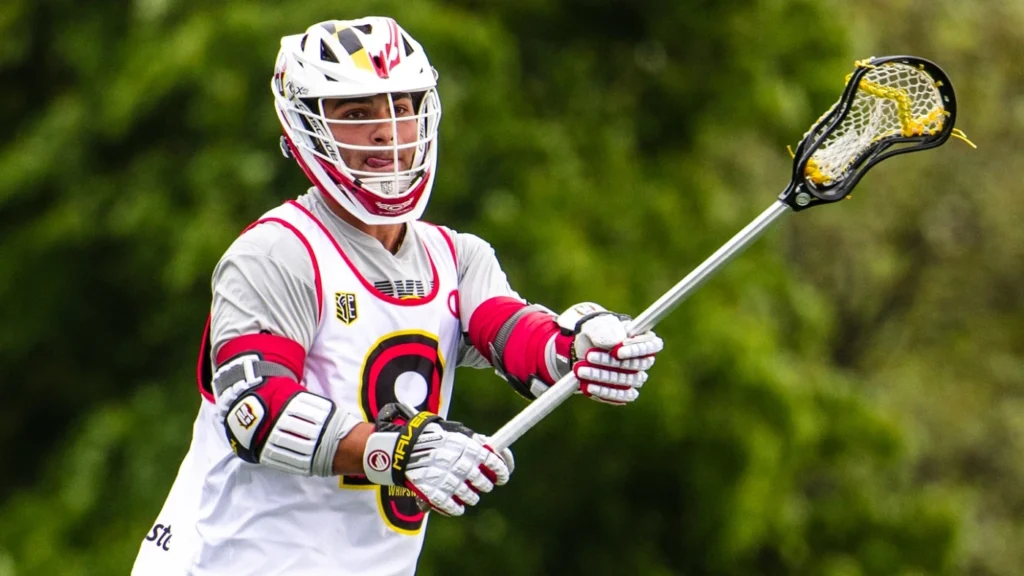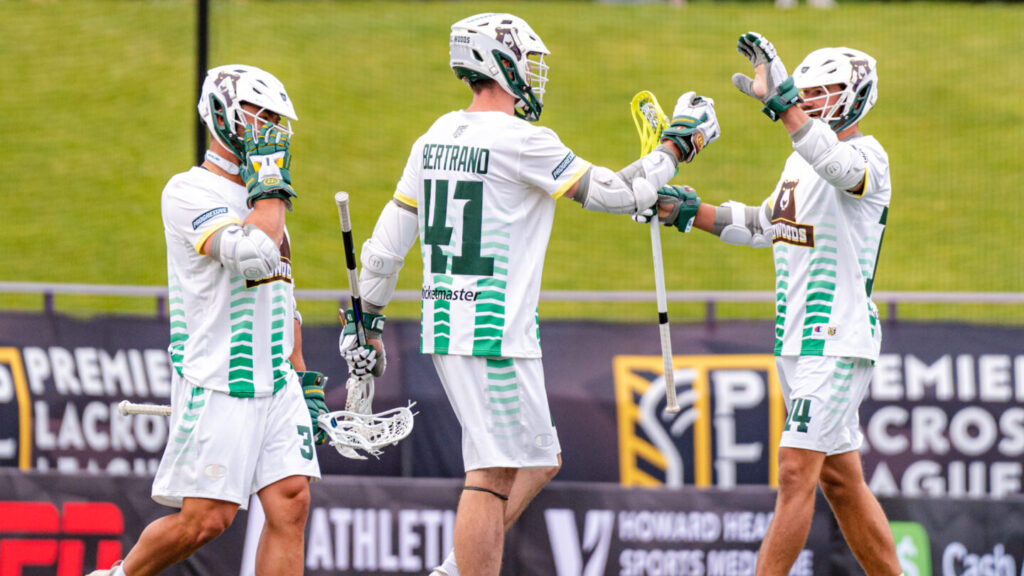
Beyond the salute: Film study into Charlie Bertrand’s signature celebration
By Jerome Taylor
Aug 12, 2023
It may not evoke the raw emotion of a fist pump or be as imposing as staring down your opposition, but Charlie Bertrand’s goal celebration is just as iconic.
Contrary to popular belief, the Bertrand Salute did not start while playing with Team USA but during a rivalry game while he was still at Merrimack.
“Even guys on my team and coaches thought I was just doing that for Team USA,” Bertrand said. “But I had been doing it for like six years up to that point. It came from my first big goal when we were playing Le Moyne.”
Since then, the celebration has appeared in both professional and international play. So what inspired Bertrand’s iconic salute, and how does he put himself in a position to perform it after his goals?
The Birth of the Bertrand Salute
Growing up in upstate New York, hockey was always on in the Bertrand household. During these games, the iconic goal celebrations of the legendary Czechoslovakian right winger Jaromír Jágr inspired a young Bertrand.
“[The salute] wasn’t a big look-at-me-type celly, but consistently you knew it was coming,” Bertrand said. “Also, a lot of times [Jágr] would be pointing at someone who fed him… I like saluting the feeder, a lot of times with Rob [Pannell].”
Since implementing the celebration, Bertrand likes to limit the celly to just once a game, preferably after his first goal. But obviously, situations can dictate whether the celebration is appropriate.
As Bertrand mentioned, many situations where he can do the salute come off an assist from one of his teammates, which is why it’s worth checking the film to see how he gets into position for those dimes.
What Makes Charlie Bertrand a Great Cutter?
Bertrand credits his transformation into an off-ball savant to his assistant coach at Merrimack: Kyle Smith.
Even though Bertrand was more of an initiator in games, Smith made him play different positions in practice to make him a complete player.
The result is now he’s one of the best finishers off of feeds in the league.
Since 2021, Bertrand is shooting 50% (22-for-44) on assisted shot opportunities, and his 22 goals off assists are tied for 18th in the PLL during that time.
“I’ve retooled my game on each team I’ve gone to,” Bertrand said. “At Merrimack, I was definitely an on-ball player. When I went to UVA, there were so many good on-ball guys I felt like I had to become an off-ball guy.”
“In the PLL, obviously there’s so many good players like Rob [Pannell] who always have their heads up and keeping the defense moving, and with some experience now, I’m able to cut off of those rotations in get in the lane of whoever the feeder is.”
So how does he get into those lanes? It hinges on where the dodge is coming from and the initiator's intent—whether they aim to feed or score.
“A lot of times your teammate has their head up, and they're looking for a feed, that’s when it’s time to cut hard… use a hard 3-4 steps so they see you cutting,” Bertrand said.
“When someone’s dodging to score, you have to delay and read the defense sliding, so if that initial move doesn’t work when they punch out now, it’s time for me to cut off the defense.”
Bertrand cuts so that his stick will be aligned in the passing lane giving him the best angle for a shot—much like a proficient feeder anticipates a player's future position while passing.
And because Bertrand almost exclusively plays with his left hand, he makes sure that his cuts put him in a position to catch and finish with his preferred hand.
Like he does on this feed from Ryder Garnsey last week on the power play.
Bertrand catches left-handed, does an inside pivot, and then has a whole cage to shoot at before the defenders can collapse on the crease.
The Pannell to Bertrand Connection
There’s a reason Bertrand specifically pointed out Pannell as a feeder.
Throughout his career, Rob Pannell has dished out 265 assists (and counting), and Bertrand has been on the receiving end of 12 of them. Those 12 assists make up more than half of Bertrand’s 22 assisted goals in his career.
This pairing has been fruitful for the Redwoods, making it worthwhile to delve into the dynamic between Bertrand and Pannell on the field.
Last week, as part of the midfield first-quarter revenge tour, the pairing made the game look easy. Bertrand slightly crept ball-side when the ball got to Pannell at X, and because no defender followed, he could bury this goal.
At the start of this play, Heningburg, Berg, and Bertrand start evenly lined up.
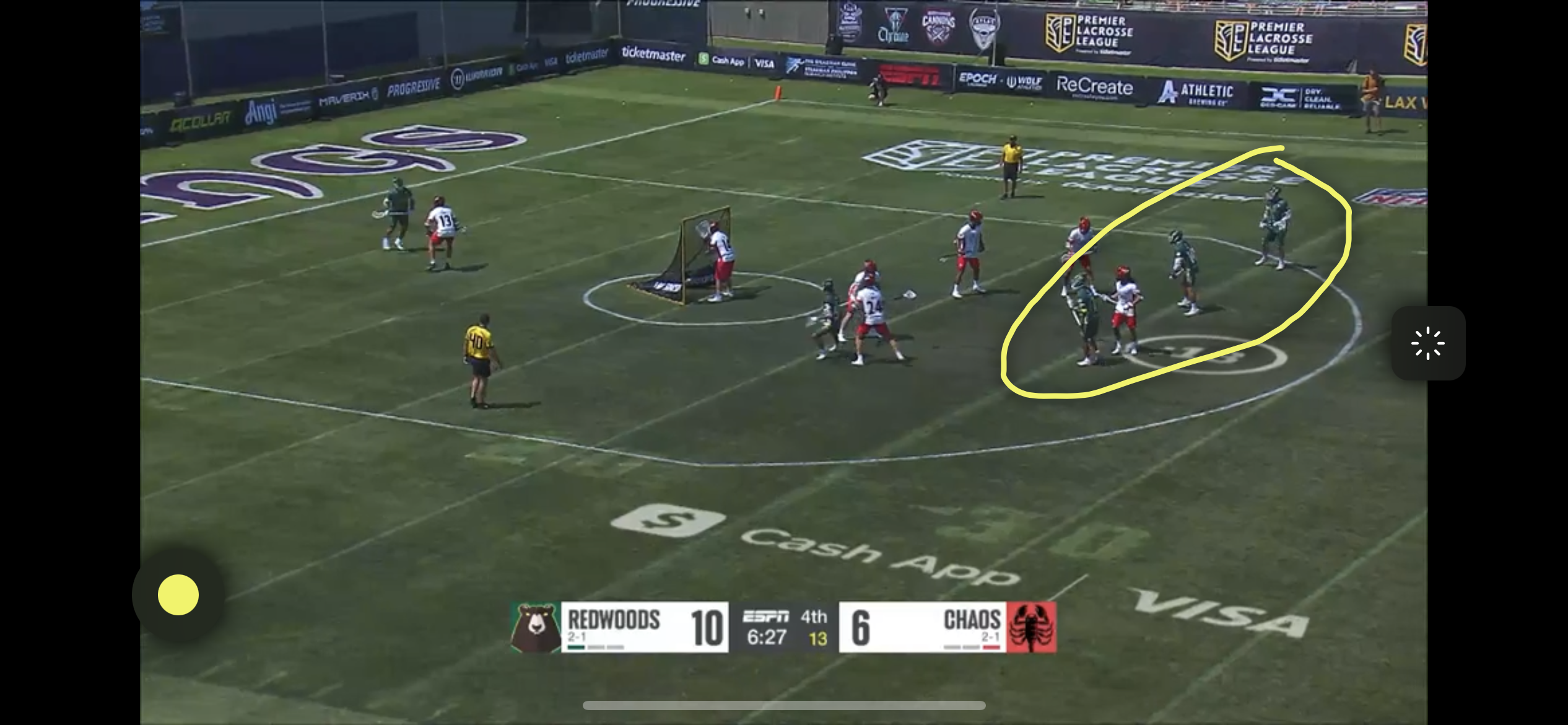
Once Pannell charts his course up the opposite side of the goal, Bertrand starts to sweep across the top of the arc. Meanwhile, Berg and Heningburg dive down, setting double brush screens to cause congestion.
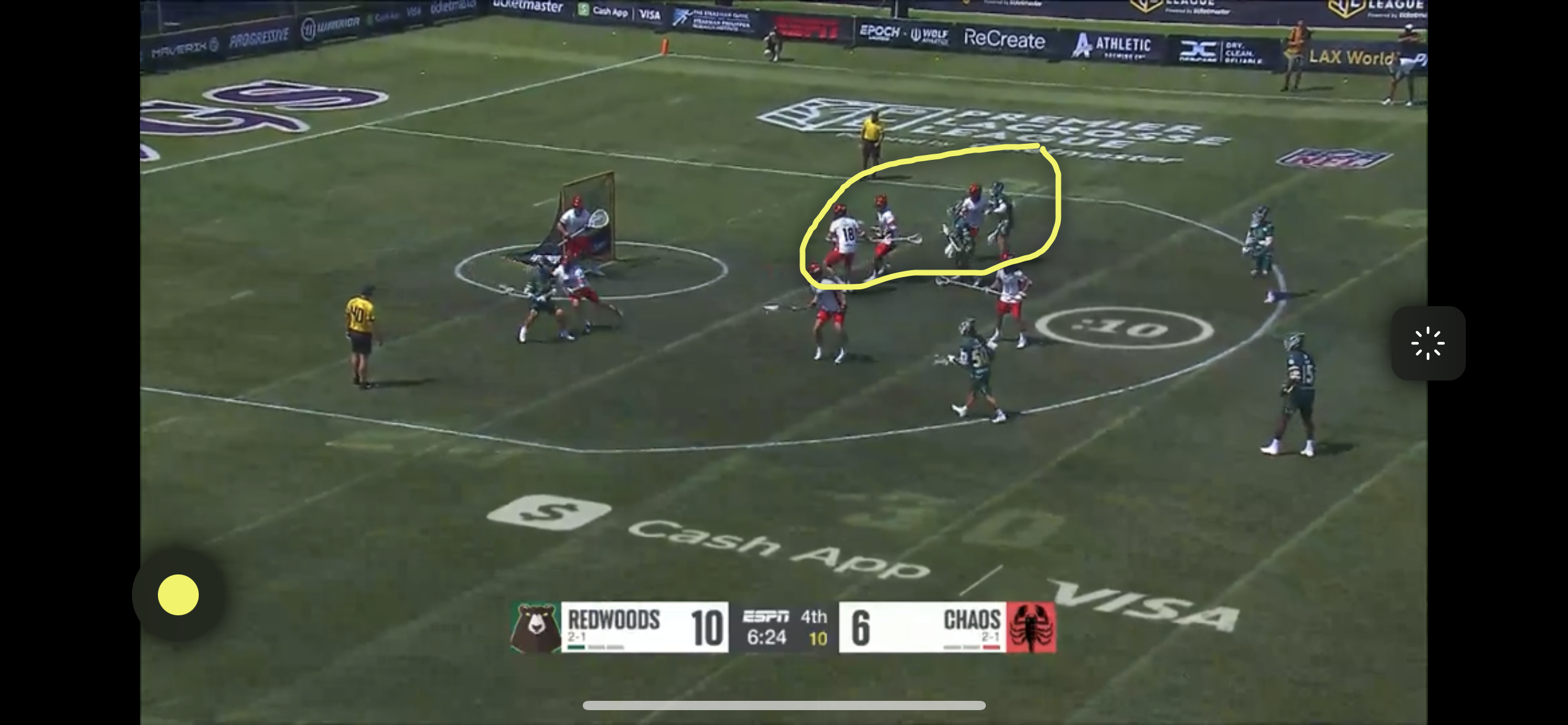
The Berg and Heningburg-induced traffic jam works perfectly because Chaos is switching everything off-ball.
Consequently, Jarrod Neumann can't get out to Bertrand, who has stick perfectly lined up to receive the Pannell pass and keep that legendary point counter ticking.
These instances show how in-sync Pannell and Bertrand are. Thanks to this harmonious connection, the latter has delighted fans and SportsCenter Top Ten producers time and again.
Overcoming Early Season Injuries
Having secured a spot on last year’s top 50 players list, and given his familiarity with a Pairs-style offense, expectations were high for Bertrand this season. But like most of the Redwoods midfielders, Bertrand’s performance has been iffy this year, and he’ll even admit as such.
But, in Bertrand’s defense, he came into training camp fresh off a fractured knuckle. An additional setback occurred early in the season when he sprained his PCL, leading him to sit out the game against the Waterdogs. Only recently, Bertrand mentioned, did he start feeling back to his usual self.
“I strayed away from doing a lot of speed and agility work because I was still trying to rehab that knee,” Bertrand said. “I felt like I needed to put my knee behind me and get back to my normal routine, which I did last week.”
This regimen, crucial for Bertrand, involves cone and ladder drills leading up to game day. While both of his goals last week came from off-ball movement, Bertrand says these workouts make him a more effective and confident dodger.
Bertrand and the ‘Woods hope to channel the reinvigorated offensive momentum from last week into Denver, where they’ll try to put together a complete game so Bertrand’s salute comes while avenging the loss they suffered to Cannons two weeks ago.

